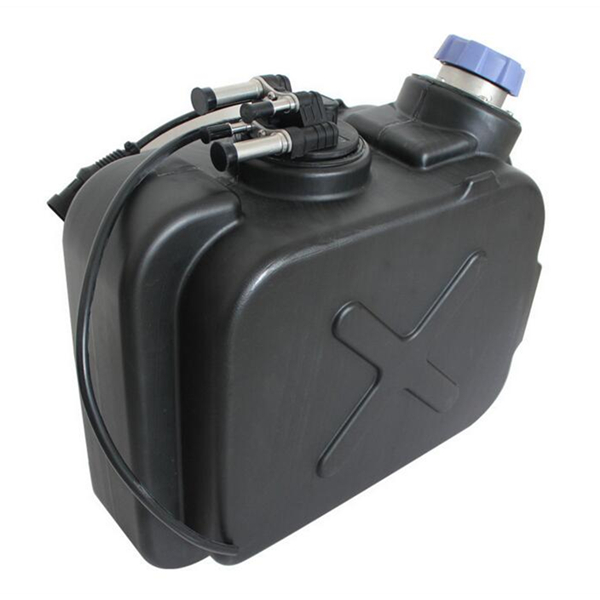The Art and Science of Rotomolding: Crafting Precision Urea Tanks
Rotomolding, also known as rotational molding, is a manufacturing process used to produce hollow plastic parts. One of the most popular applications of rotomolding is the production of urea tanks. Urea tanks are an essential component of diesel engines, used to store the urea solution that helps reduce emissions. In this blog, we will explore the art and science of rotomolding urea tanks, covering the technical aspects of the process, innovations in mold design, and the importance of balancing aesthetics and functionality.

1.The Technical Aspects of Rotomolding Urea Tanks
Rotomolding urea tanks involves a complex process that requires careful attention to various technical aspects. First, the mold is heated to a specific temperature, usually between 300°F and 400°F. This temperature is critical to achieving uniform heating of the mold throughout the process. Next, a measured amount of polymer powder is placed in the mold, which is then sealed and rotated along two perpendicular axes. The simultaneous rotation causes the polymer powder to coat the internal surfaces of the mold, forming a thin, uniform layer. The mold is then cooled to solidify the polymer, and the finished product is removed.
2.Material Science: Enhancing the Properties of Urea Tanks
The polymer used in rotomolding urea tanks is usually polyethylene or polypropylene. However, the material properties can be enhanced to meet specific requirements. For instance, the polymer can be reinforced with glass fibers to increase strength or blended with other materials to improve chemical resistance. Antistatic additives may also be added to prevent static buildup, which is a critical safety concern in hazardous environments.
3.Innovations in Mold Design for Urea Tank Production
Mold design is a critical factor in the quality and precision of rotomolded urea tanks. Innovative mold designs are continually being developed to increase production efficiency while maintaining consistency and quality. For instance, some newer molds incorporate internal baffles and ribs that improve the structural integrity of the urea tank while reducing the amount of material needed. Other mold designs include multiple cavities, allowing for simultaneous production of multiple parts and reducing production time.
4.Streamlining Production: Efficiency in the Rotomolding Process
Efficiency in the rotomolding process is critical to reducing production costs and increasing profitability. One way to streamline production is by using robotic systems to load and unload the molds, reducing manual labor and minimizing the risk of human error. Automated systems can also be employed to manage the temperature and timing of the rotomolding process, ensuring consistency and precision.
5.Balancing Aesthetics and Functionality in Urea Tank Design
While the functionality of urea tanks is paramount, it is also essential to consider the aesthetic qualities of the final product. Aesthetically pleasing urea tanks can improve the perceived value of the product and contribute to a positive customer experience. Additionally, design features can be incorporated into urea tanks to make them more functional, such as integrated mounting brackets or custom outlets.
In conclusion, rotomolding technology has revolutionized the production of urea tanks, allowing for the creation of high-quality, precision components. The technical aspects of the rotomolding process, including mold design and material science, are critical to achieving consistent results. Innovations in mold design and automation have increased production efficiency and quality, while balancing aesthetics and functionality is necessary to create a successful product. Overall, the art and science of rotomolding urea tanks is a fascinating topic and one that plays a crucial role in reducing emissions and improving the environment.